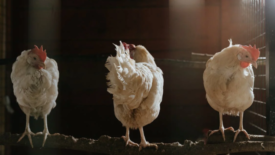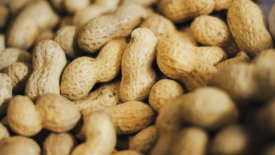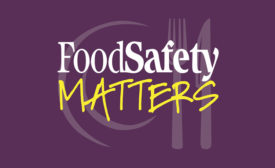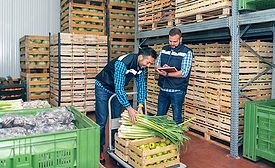Risk Assessment
Cyber as a Vital Element in Comprehensive Food Safety and Defense Programs
Food safety professionals must be aware of new challenges and vulnerabilities
June 10, 2022
The Inputs and Outputs of Vendor Certification Food Safety and Regulatory Requirements
Vendor certification is paramount for ensuring that companies are adhering to food safety and regulatory requirements
April 21, 2022
Safety and Nutritional Risks Associated with Plant-Based Meat Alternatives
Several challenges are associated with newer plant-based foods, including allergen, chemical, quality, and microbiological concerns
April 20, 2022
The Rise of Antimicrobial Coatings Usage and Standards
A renewed interest in the use of antimicrobial coatings in the food sector has been observed with the COVID-19 pandemic
February 22, 2022
Never miss the latest news and trends driving the food safety industry
eNewsletter | Website | eMagazine
JOIN TODAY!Copyright ©2025. All Rights Reserved BNP Media.
Design, CMS, Hosting & Web Development :: ePublishing












